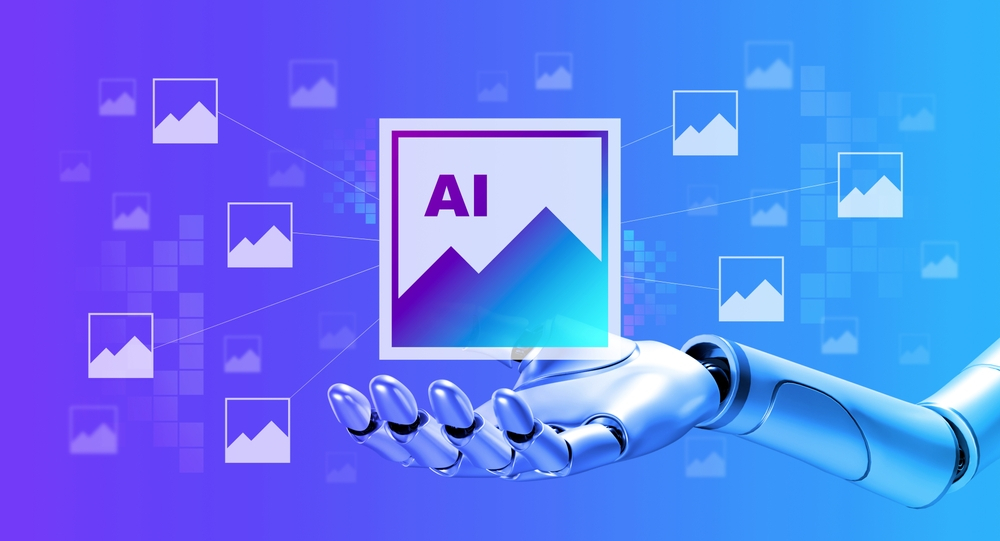Highlights:
- According to the company, DALL-E 3 refuses user prompts seeking images in the style of a living artist.
- In the future, OpenAI will enable artists to request the removal of their images from the training datasets utilized to train upcoming generative AI models.
Recently, OpenAI LP unveiled DALL-E 3, an AI model that can make pictures based on natural language instructions.
The model is the latest in a line of image-generating neural networks that the company has made since 2021. The pictures made by DALL-E 3 are better than those made by its predecessors. OpenAI says that the AI can also understand user instructions better.
At first, DALL-E 3 will only be offered to people who pay for the company’s ChatGPT service. To use the new model, a buyer must type into the ChatGPT interface a description of an image. The chatbot examines the user’s description to produce a set of pertinent AI prompts, which it then feeds into DALL-E 3 to produce several variations of the requested image.
DALL-E 3, according to OpenAI, is more adept than its predecessors at comprehending requests made in natural language. On the company’s website, a user can watch a demonstration video requesting DALL-E 3 to create an image before giving it instructions to make about six modifications. At one point, ChatGPT uses the information from the user’s questions to make a short story.
The latest model, DALL-E 3, comprehends complex prompts better than neural neutrals and produces superior-quality outputs. The company provided the same prompt to DALL-E 3 in an internal test and a neural network from the previous generation released last year. The former mentioned model produced a higher-quality image.
OpenAI researchers mentioned in a blog post recently, “Modern text-to-image systems have a tendency to ignore words or descriptions, forcing users to learn prompt engineering. DALL·E 3 represents a leap forward in our ability to generate images that exactly adhere to the text you provide.”
OpenAI has further improved the inherent safety features. Per the company, DALL-E 3 rejects requests to create representations of public figures and integrates safeguards against AI bias. OpenAI noted collaboration with external experts in devising these safeguards.
According to the company, DALL-E 3 refuses user prompts seeking images in the style of a living artist. It also features a tool to assist OpenAI in identifying whether the model may have generated an image. Google LLC researchers recently outlined a comparable tool named SynthID, utilizing a discreet watermark to trace AI-generated files.
DALL-E 3 was released two years after introducing the inaugural neural network in the DALL-E series. In the future, OpenAI will enable artists to request the removal of their images from the training datasets utilized to train upcoming generative AI models. Artists can request the exclusion of their content through a newly introduced form on the company’s website.
The new model is presently in preview and is anticipated to launch for users of the paid Enterprise and Plus versions of ChatGPT early next month. In the later part of the fall, the company intends to offer accessibility through an application programming interface (API), allowing developers to integrate it into their software.





























































